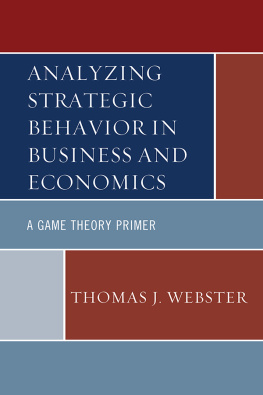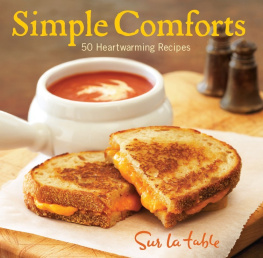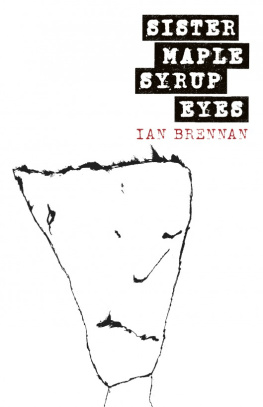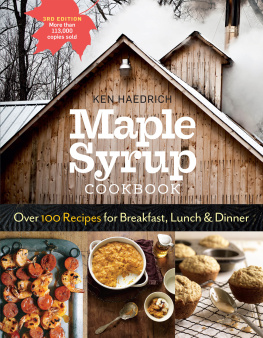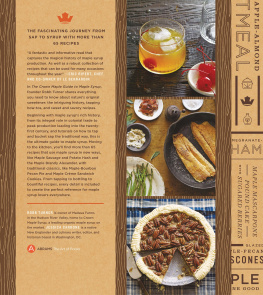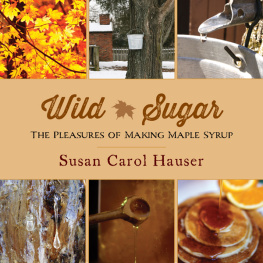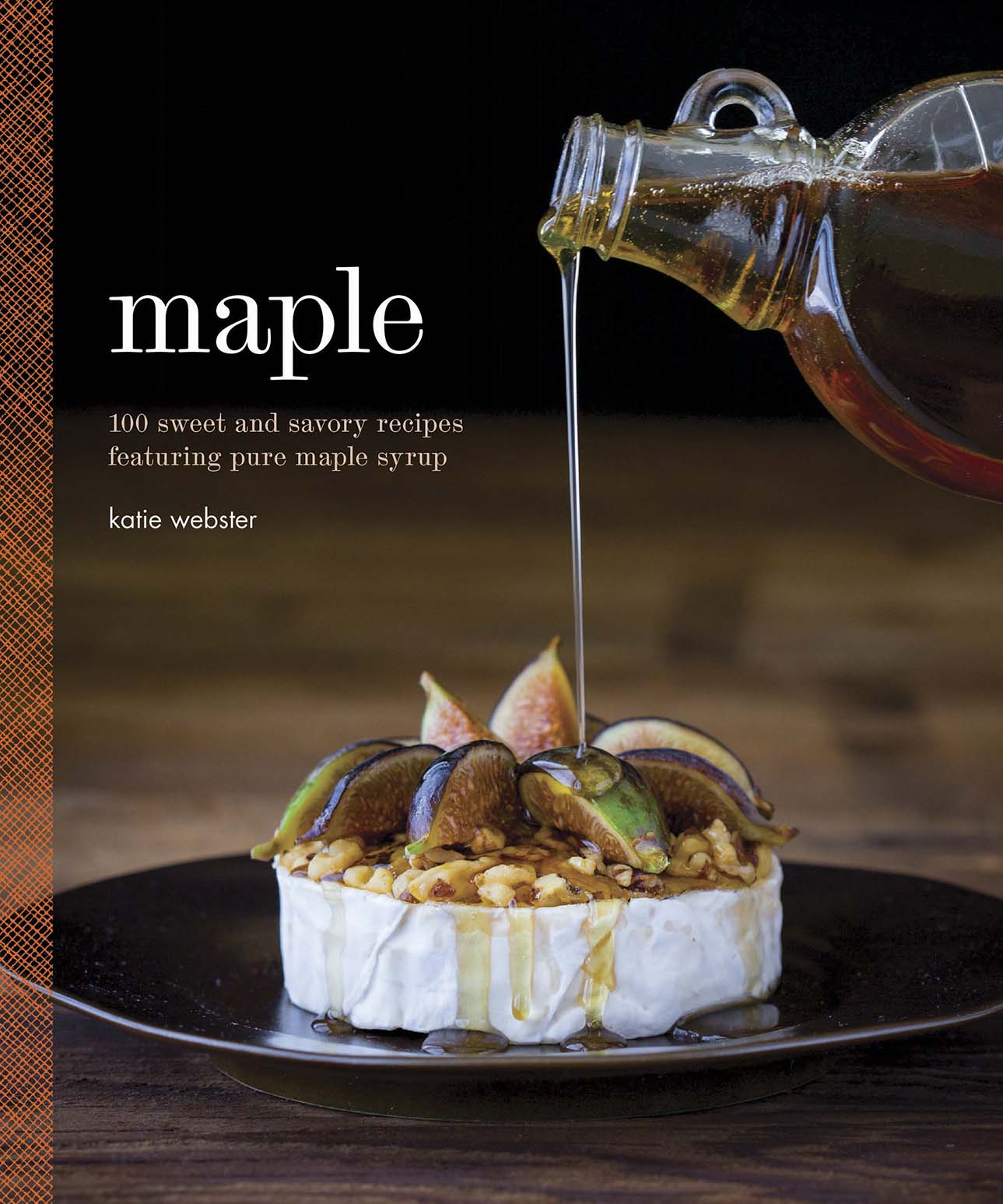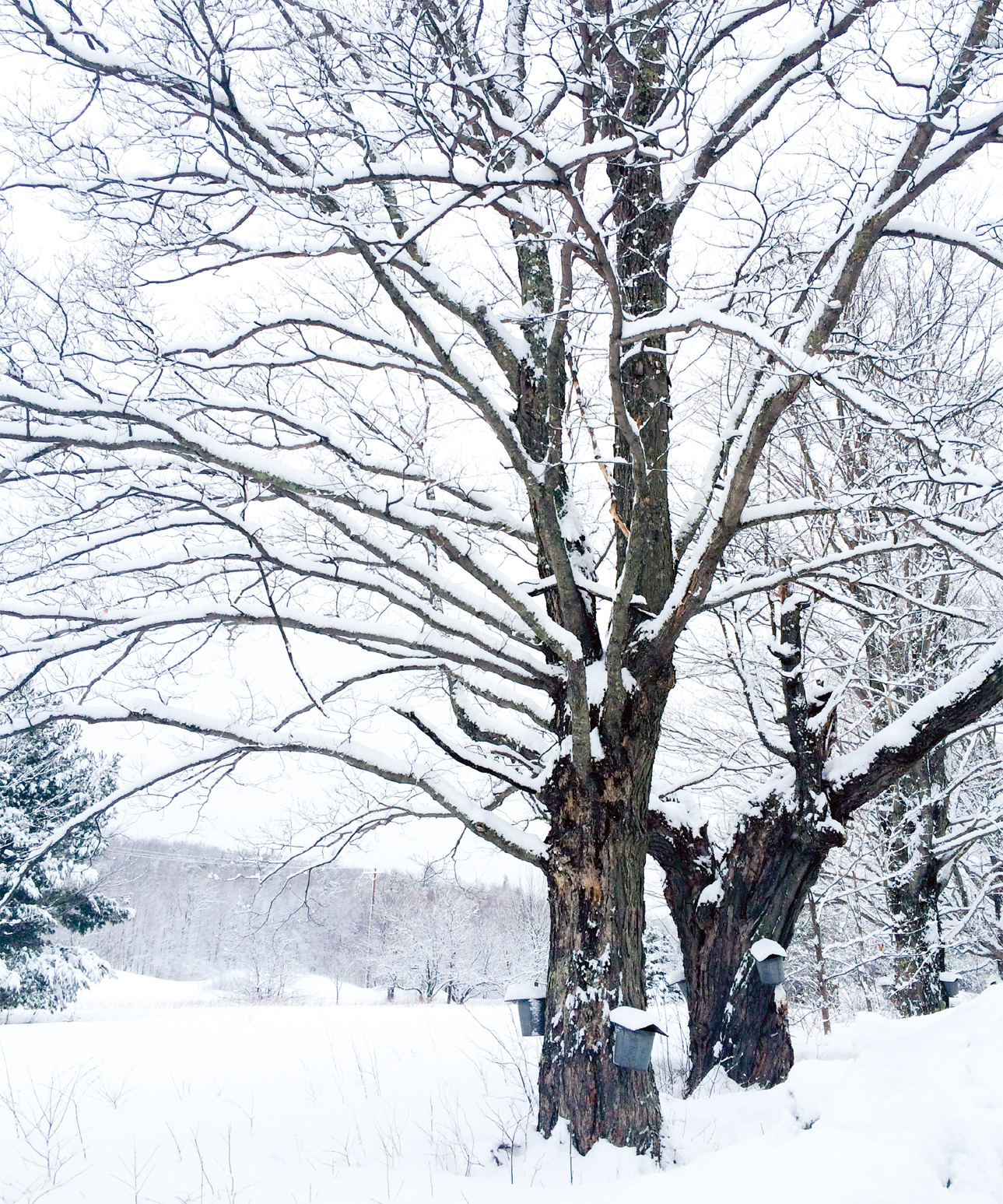Copyright 2015 by Katie Webster
All rights reserved. No part of this book may be reproduced in any form without written permission from the publisher.
Library of Congress Cataloging in Publication Number:
2014953129
eBook ISBN: 978-1-59474-824-0
Hardcover ISBN: 978-1-59474-804-2
Designed by Sugar
Photography by Katie Webster, with the exception of (Kristy Dooley)
Production management by John J. McGurk
Quirk Books
215 Church St.
Philadelphia, PA 19106
quirkbooks.com
v3.1
Contents
Foreword
If I have learned anything in my thirty-plus years as a cook, food writer, and teacher, its that the best tasting, healthiest ingredients travel from the farm, field, forest, or sea to our plates in the simplest, most direct way possible. It helps, too, if theres a good story to explain how these ingredients get to our kitchens. Indeed, I base much of my writing on the notion that eating becomes more meaningfuland tastierwhen we know and care about where our food comes from.
Being a New Englander (and growing up with an uncle who had a maple syrup operation), one of my all-time favorite ingredient narratives is that of maple syrup. What could be more compelling than a sweetener that comes directly from our North American woods? That has been around since long before Europeans arrived? That is naturally sustainable and contains nothing but fresh maple sap boiled down to a delicious syrup?
You might say that a trickle of maple runs through my work. I wrote an essay on maple lore for my very first cookbook, and I have included maple in more than a few recipes, most of them savory. So I was delighted when I heard that Katie was writing an entire cookbook on pure maple syrup, and the more I learned about her approach, the more excited I became. Katie is the perfect author to take up the maple mantle. Although we live in neighboring towns and occasionally bump into each other at the grocery store, I know her more through her work as a recipe tester, blogger, and food stylist. Katies energy and genuine enthusiasm for food, cooking, and life shine through on the pages of this book. She also brings to the project her invaluable DIY syrup-making experience, along with her passion for whole foods and devotion to a healthy lifestyle. The recipes reflect Katies busy life as a working mom, but they arent dumbed down. Ive already put several into my regular rotation, and there are plenty more that Ive flagged to try.
I believe that a good cookbook needs to be more than a collection of recipes; it needs to inspire and to teach. In these pages, Katie has achieved this goal, and shes done it with the same bright cheerfulness that accompanies her wherever she goes.
Molly Stevens
Molly Stevenss books All about Roasting and All about Braising won awards from the James Beard Foundation and the International Association of Culinary Professionals. She lives in Vermont and teaches cooking classes around the country.
Introduction
The composition is finally there. The fluffy pancakes are perfectly stacked. The lighting is just so. Are you ready? I ask the photographer. I get the go-ahead, hold my breath, and tilt the bottle. Golden liquid emerges, taking its time to ooze from the spout, and then the dripping begins. Soon it cascades from the top pancake over the edges to the lower layers, hesitating for a moment before making its way to the plate. The photographer clicks furiously, trying to capture the perfect trickle of glistening maple syrup. The light catches amber drops on the sides of the stack. We got the shot.
The image is instantly distilled into two dimensions. As a former food stylistsomeone who cooks and arranges food for photographsI know all too well how important this moment is. Its more than just a pretty picture: that flow and puddle of maple syrup mean something different to every person.
For me, the image evokes a snowy morning at my grandmothers house. Sausage frying in the skillet, and an enamel saucepan of syrup warming on the back burner. It reminds me of the evenings when the smell of steam rises on the quiet stillness of springtime air. The kids are tucked in bed, and my husband and I are boiling down the last of the sap late into the evening. It calls up the memory of the first time we took our daughter to the sugarhouse, the delight on her toddler face as she sipped the hot syrup from a tiny paper cup. Its the taste of Saturday mornings at our lake cottage: were all in slippers and robes, my brother-in-law flipping blueberry pancakes and feeding everyone their seconds before he eats his firsts. Its staying ahead of the drips of a melting maple ice cream cone on a hot summer day.
Maybe to you, the same image recalls a lazy weekend morning spent with a newspaper and a cup of coffee. If you close your eyes, you can smell the unmistakable aroma that transports you to the breakfast table of your youth. Or for those who grew up in the North Country, you remember the delight of sugar on snow.
It is my hope that the recipes in Maple will conjure up and celebrate special moments for you. The foods you make may be new, but the sweet and aromatic flavors will surely be familiar. They will be nourishing, comforting, and above all delicious. Use them as inspiration. Each nibble, meal, drink, and dessert prepared with love is an opportunity to create new memories to cherish and treasure. 
How to Use This Book
When reviewing a recipe, if you come across unfamiliar ingredients or knife techniques, turn to "". There youll find helpful resources, explanations, and pantry notes.
The recipes in Maple are easily adapted to different diets. Throughout the book youll see these symbols
which indicate that a recipe includes vegan, paleo-friendly, or gluten-free optionsallowing you to quickly find dishes that fit your lifestyle. Note, however, that you should always double-check all ingredients you intend to use.
My goal is to provide recipes that are detailed and bulletproof, but I also want to encourage you to use your cooks intuition. Because equipment and ingredients are variableheck, even the weather can affect a recipe!its important to be flexible. For example, I measure first by degree of doneness (e.g., golden brown and bubbling) and then look at the timer. So, think of the time range as more of a guide to when the dish is likely to be done, with the visual as the deciding factor.






